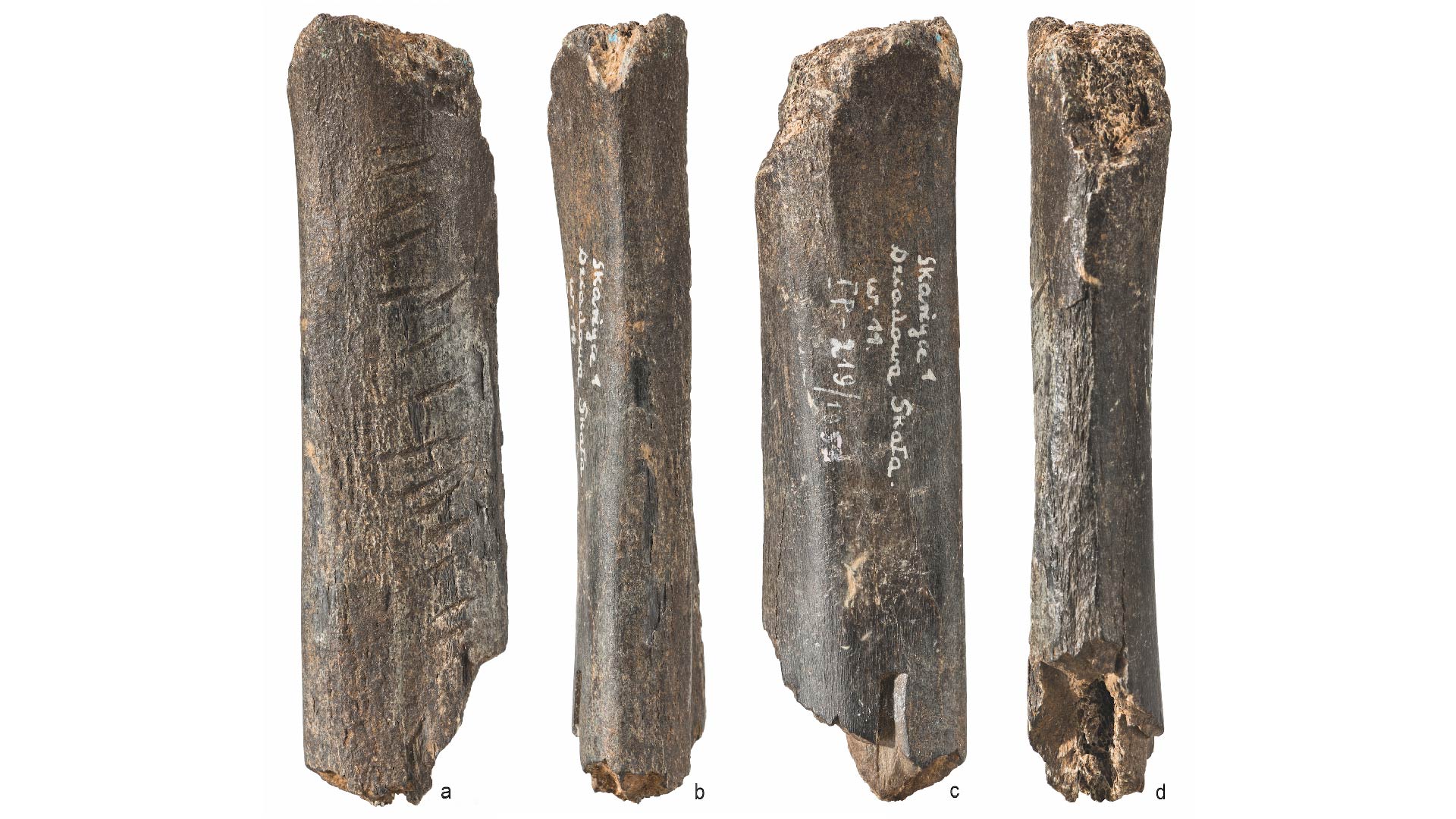Agronomy, Vol. 13, Pages 742: Plant Architecture Influences the Population Transpiration and Canopy Temperature in Winter Wheat Genotypes
Agronomy doi: 10.3390/agronomy13030742
Authors: Guirong Huang Xinying Zhang Zhenzhao Wang Yuzhong Li Xiaoying Liu Rui Guo Fengxue Gu Enke Liu Shuying Li Xiuli Zhong Xurong Mei
To study how plant architecture affects the canopy traits and water use of wheat, the Triticum aestivum L. population is expected to provide important information for cultivar improvement and the ideal population structure establishment for conserving water without causing an enormous grain yield loss. This study was conducted for three consecutive growing seasons using two genotypes with contrasting plant architectures as the materials, the upright-leafed compact type Jing 411 and the flat-leafed loose type Jinmai 47. The population-scale transpiration (PT) and soil evaporation (E) were partitioned from the evapotranspiration (ET) using micro-lysimeters, and the canopy traits population density and the canopy temperature depression (CTD) were also monitored during the period from the jointing to early grain filling stage—the largest water requirement period of wheat crops. Jinmai 47 showed a lower E than Jing 411, but a similar PT and ET, though it had a higher population density at the sowing density. The total evapotranspiration (TET) for the whole growing season was also similar in the two genotypes. This indicated that Jinmai 47 performed better in water conservation than Jing 411. With a similar PT and TET, however, Jinmai 47 showed a rather larger CTD and a significantly higher grain yield than Jing 411. If the higher population density and higher leaf net photosynthetic rate could explain its higher grain yield, the higher leaf stomotal conductance and transpiration rate and the higher population density could not explain the similar PT, ET and TET to Jing 411. Presumably, the involvement of the plant architecture disrupted the original higher transpiration–larger CTD relation, and broke up the prevailing saving water-losing yield concept. Thus, the study might suggest the important water saving value of the flat-leafed loose architecture in wheat crops and demonstrate the possibility of conserving irrigation water without causing serious grain yield loss by taking advantage of the distinct plant architecture to establish an appropriate population structure.

 1 year ago
25
1 year ago
25


